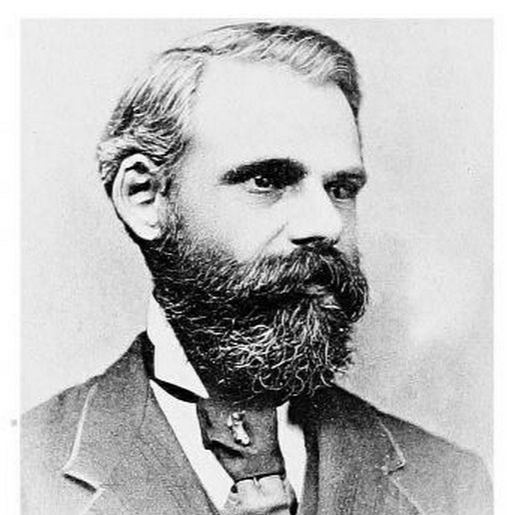420 reads
The Steam-Engine Applied to Ship-Propulsion
by
April 18th, 2023
Audio Presented by

Robert Henry Thurston was an American engineer, and Professor of Mechanical Engineering
About Author
Robert Henry Thurston was an American engineer, and Professor of Mechanical Engineering